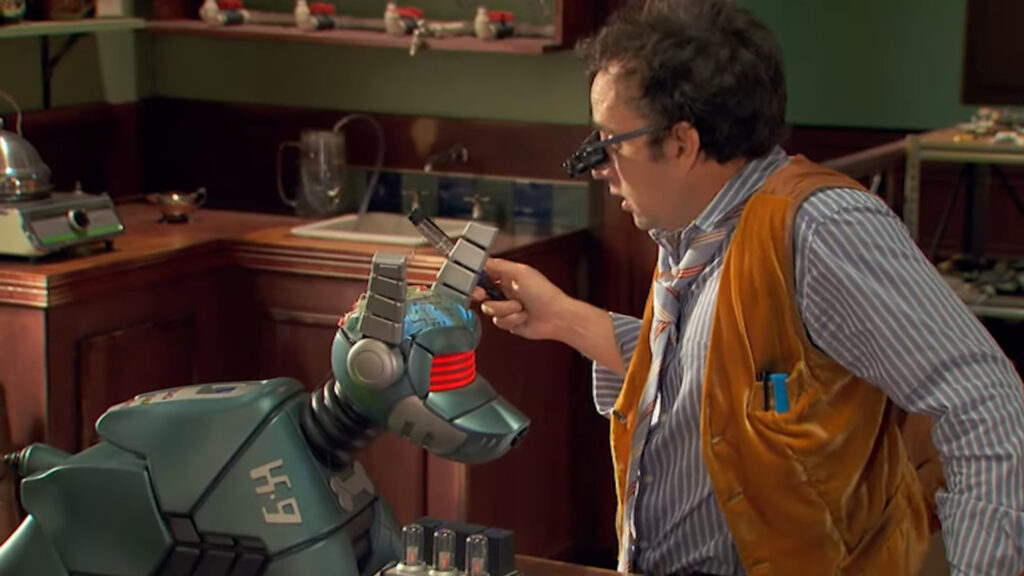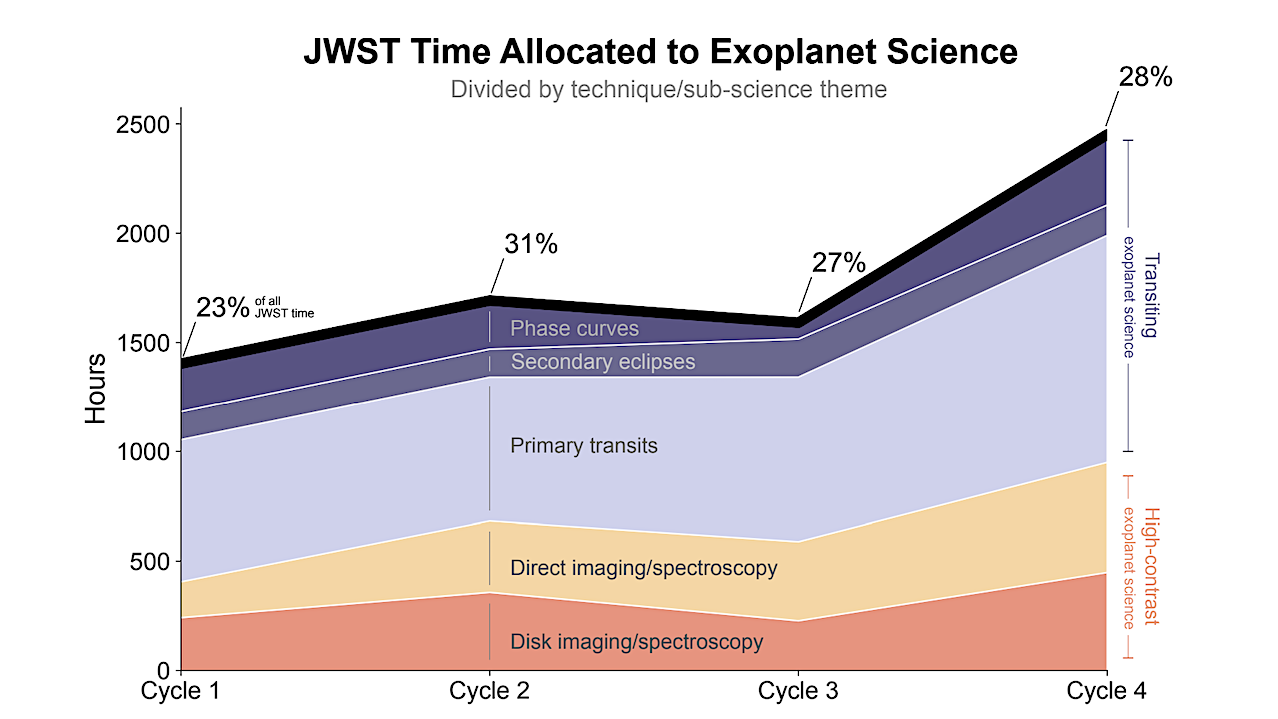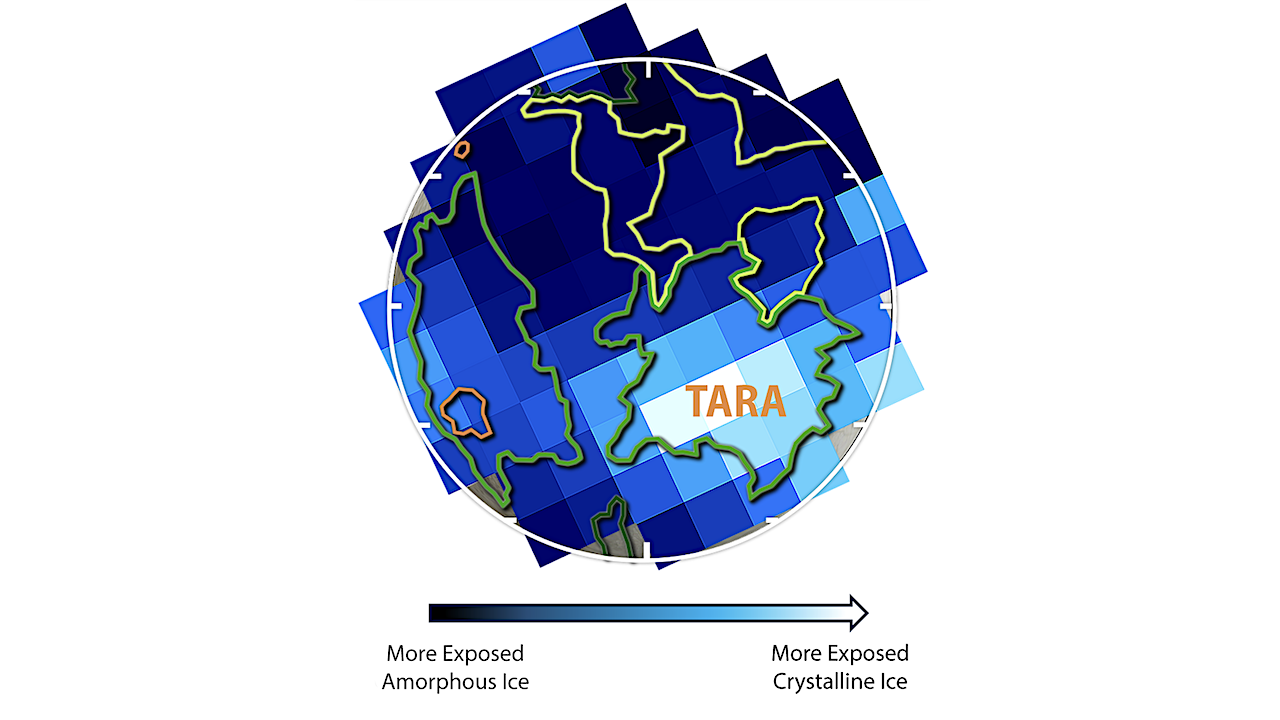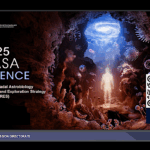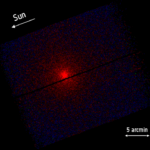Now Reading: 25 years ago, ‘Mission to Mars’ and ‘Red Planet’ had a bad Martian movie showdown. Was there a winner?
-
01
25 years ago, ‘Mission to Mars’ and ‘Red Planet’ had a bad Martian movie showdown. Was there a winner?
25 years ago, ‘Mission to Mars’ and ‘Red Planet’ had a bad Martian movie showdown. Was there a winner?
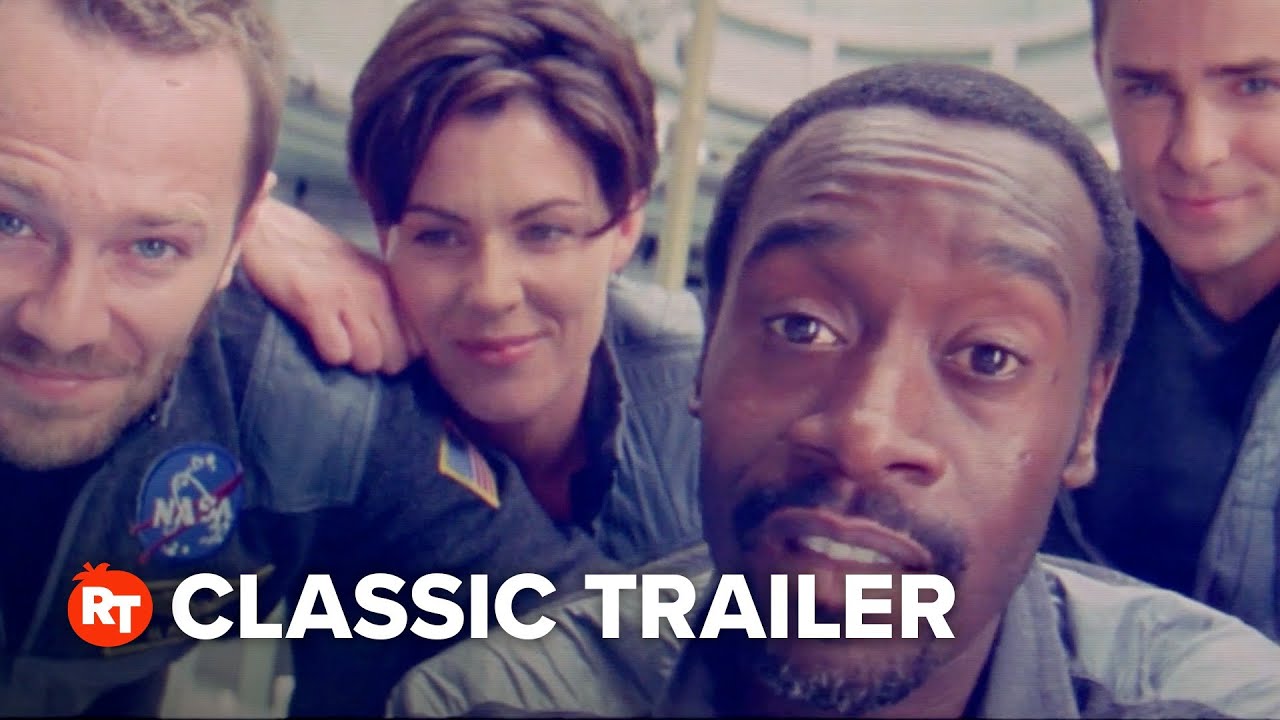
Hollywood has always been a copycat industry, and there are countless instances of two movies of similar natures, settings, and themes being in development at the same time and released in close proximity to each other. Just a quick sampling of this ongoing mirroring effect includes “Deep Star Six” and “Leviathan”, “Dante’s Peak” and Volcano,” and “Deep Impact” and “Armageddon.”
So it’s not exactly a cosmic coincidence that “Mission to Mars” and “Red Planet,” a pair of big-budget Tinseltown sci-fi projects centered around Earth’s mysterious neighbor, were both launched eight months apart in 2000 and are now celebrating their 25th anniversaries in 2025. But is one really superior to the other?
We’ve split the difference on their release dates and decided to pit these two Mars heavyweights, directed by Brian De Palma and Antony Hoffman, against each other in the harsh ring of popular opinion (meaning mine!) and learn how they fare when matched head-to-head. Which takes a solar system victory lap? Well, neither of them really, but that’s putting the space cart before the Martian horse. Let’s get our asses to Mars and you’ll see what I mean.
‘Mission to Mars’ vs ‘Red Planet’: Plot

“Mission To Mars” is an optimistic film that chronicles the first manned mission to Mars that ends in tragedy when a raging red cyclone wipes out the entire crew but leaves one survivor after an ancient domed structure is revealed shaped like a humanoid face (ala the Cydonia conspiracy theory).
A rescue operation is mounted, and after landing, the metallic visage becomes a shelter from a massive dust storm. Inside, they learn that Mars was hit by a killer asteroid billions of years ago, requiring an evacuation of the Martians to a safe planet. During their escape, DNA seeds were planted on Earth, revealing that humans are descended from fleeing Red Planet residents. One of the astronauts volunteers to hitch a ride to the new Martian home in another galaxy.
“Red Planet,” on the other hand, starts things off with the tired old “Earth is now uninhabitable” trope in a tale of Martian terraforming gone wrong. When oxygen-generating algae on the planet vanish, a crew is sent it investigate and crash lands along with a malfunctioning military-grade robotic dog named AMEE (Autonomous Mapping Evaluation and Evasion).
The team must try to stay alive and save themselves from the twitchy canine machine while trying to find solutions to save a dying Earth by searching on Mars and finding algae-eating nematodes! Far darker and more pessimistic than “Mission to Mars,” it’s well executed with style and emotion.
‘Mission to Mars’ vs ‘Red Planet’: Cast
The most recognizable names in the “Mission to Mars” cast are Tim Robbins, Gary Sinise, Connie Nielsen, Jerry O’Connell, Kim Delaney, Don Cheadle, and Armin Mueller-Stahl. It’s a well-balanced group that does a decent job within the screenplay’s melodramatic restrictions, though the great Tim Robbins does seem out of his element as a cigar-smoking spaceman who makes a brave sacrifice for his wife. Sinese, a fine actor, being cast as an astronaut again, just five years after “Apollo 13” is simply distracting.
“Red Planet” put together another worthy ensemble, including Val Kilmer, Carrie-Anne Moss, Tom Sizemore, Benjamin Bratt, Simon Baker, and Terence Stamp. The weak, heavily recycled plot (except for the psychotic robo-pooch) means there’s very little chemistry forged on screen. On-set tensions between Kilmer and Sizemore apparently came to a boiling point and an actual fistfight – if only that emotion could have made it through to the final product!
‘Mission to Mars’ vs ‘Red Planet’: Director
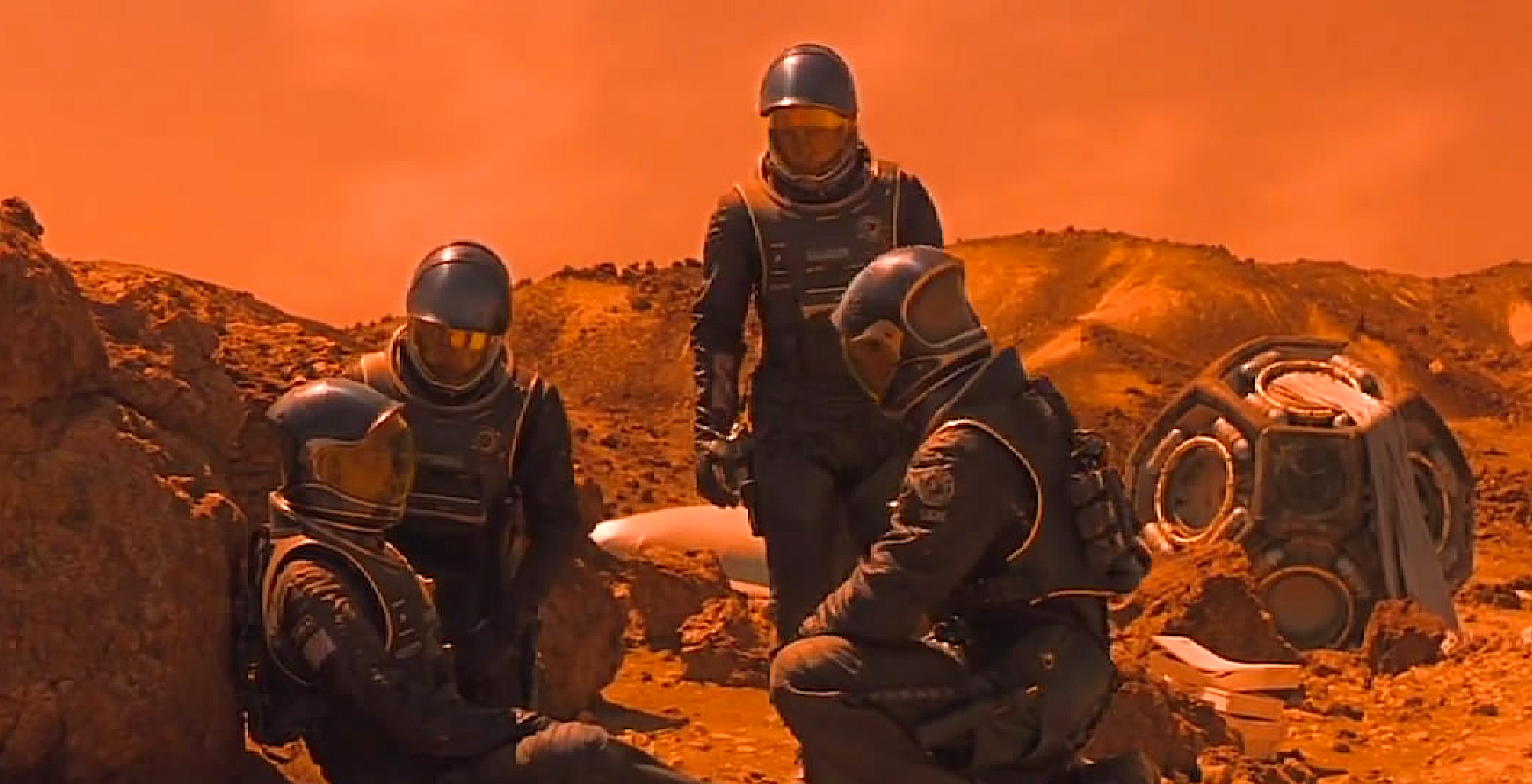
Brian De Palma has a formidable body of work on his resume in films like “Carrie,” “The Fury,” “Dressed To Kill,” “Scarface,” “The Untouchables,” “Carlito’s Way,” and “Mission: Impossible.”
For “Mission To Mars”, the wooden sci-fi material seems to slip from his veteran filmmaker’s grasp, and the on-the-nose script does him no favors. It’s always painful to watch good actors having to recite awful lines like, “Mars is yours now. Go get it.” His bland direction lacks any bite, but he was merely here as a hired gun.
“Red Planet” was the first and only feature film directed by native South African filmmaker Antony Hoffman, who was well known as a talented cinematographer and journalist before coming to L.A. to become a commercial director for an eclectic roster of international clients. One of his greatest hits was directing the award-winning 1996 Budweiser “Clydesdales Football” Super Bowl commercial. He’s also well-respected for high-octane automotive ads for elite car brands like Lamborghini, Lexus, and Ferrari.
‘Mission to Mars’ vs ‘Red Planet’: Box Office
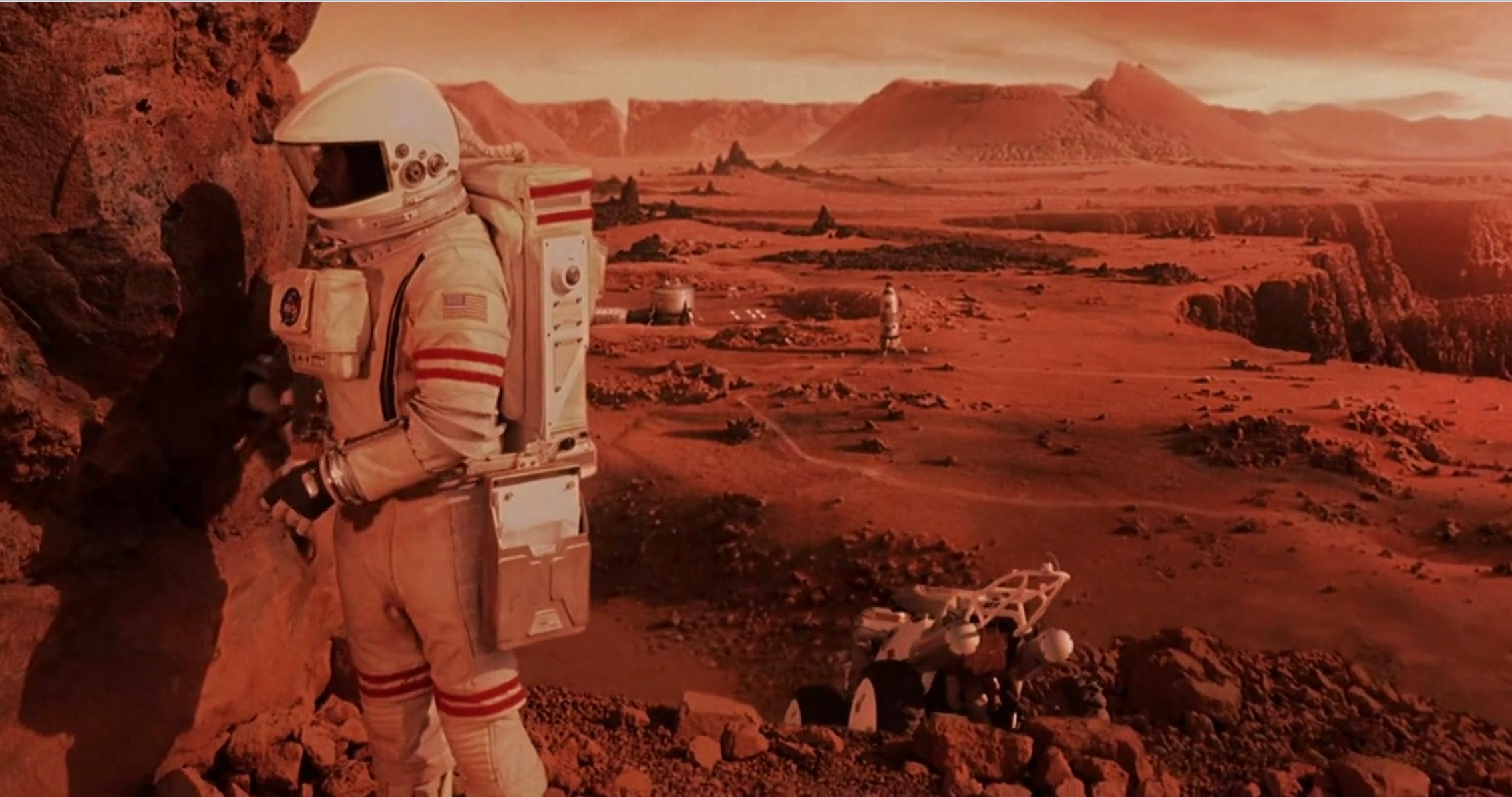
With a budget just north of $100 million, and released under Disney’s Touchstone Pictures banner on March 6, 2000, “Mission to Mars” needed to pull in at least $250 million to break even when accounting for marketing. The grand global total was tallied at $110 million when 3,100 theaters counted all their pennies.
The only thing more disappointing than the box office was the reception, as the 24% score on Rotten Tomatoes demonstrates nicely.
It could be worse, though, as for “Red Planet”, Warner Bros. Pictures and Village Roadshow Pictures pitched in an estimated $80 million for this sci-fi adventure, but audiences were not impressed when it was first released on November 10, 2000.
It currently garners just a 14% Rotten Tomatoes cumulative score, and when the red dust settled, it collected only $33 million worldwide in 2,700 theaters, which was a major financial failure for the studios and far removed from breaking even. Since it was the second Mars release of the calendar year, audiences likely tuned out and chose other flicks to spend their cash on.
‘Mission to Mars’ vs ‘Red Planet’: Winner?

After careful contemplation, I’m giving this one to Red Planet, but only by the thinnest of margins.
Despite “Mission to Mars” having a more interesting screenplay from a strict storytelling standpoint — and solid visual effects from ILM, Tippet Studios, Quest Images, and other outfits — the often laughable, corny dialogue and cheesy inspirational banter between the astronauts is just dreadful. There’s no authenticity injected into their interactions, and the characters are stiffly drawn and formulaic, as if trying to emulate better movies like “The Right Stuff” and “Apollo 13.”
The hackneyed exposition dump serving as an ending is right out of a bad made-for-TV special. And don’t forget the awful CGI Martian ambassador, dull, unmemorable score, and cringeworthy zero-g dance scene scored to Van Halen’s vintage anthem, “Dance the Night Away.” De Palma deserved better, but hey, a paycheck is a paycheck.
“Red Planet” might not have the better plot, but its suspenseful scenes involving smart problem-solving actually make for a more riveting movie overall, with a superior hybrid score by composer Graeme Revell that includes contemporary songs by Peter Gabriel, Sting, Emma Shapplin and William Orbit. It also benefits from Antony Hoffman’s slick, ambitious sets, immersive sound design, cooler spacesuits, flashy camerawork, saturated color palette, and bold cinematic edits. This film is no classic by any stretch of the definition, but it takes the prize between two notorious Mars entries of 2000.
If you want to have your own double-feature watch party soon to celebrate the silver anniversary of two high-profile Mars movies, then you have a few options. In the US, Mission to Mars is available to stream on Fubo, while in the UK it’s on Disney+.
Red Planet is available to watch for free on Hoopla, provided you have a valid library card. Otherwise, you can rent or buy it digitally at Amazon, Apple TV, and all the other usual suspects.
Stay Informed With the Latest & Most Important News
Previous Post
Next Post
-
 012024 in Review: Highlights from NASA in Silicon Valley
012024 in Review: Highlights from NASA in Silicon Valley -
 02Panasonic Leica Summilux DG 15mm f/1.7 ASPH review
02Panasonic Leica Summilux DG 15mm f/1.7 ASPH review -
 03From Polymerization-Enabled Folding and Assembly to Chemical Evolution: Key Processes for Emergence of Functional Polymers in the Origin of Life
03From Polymerization-Enabled Folding and Assembly to Chemical Evolution: Key Processes for Emergence of Functional Polymers in the Origin of Life -
 04How New NASA, India Earth Satellite NISAR Will See Earth
04How New NASA, India Earth Satellite NISAR Will See Earth -
 05And Thus Begins A New Year For Life On Earth
05And Thus Begins A New Year For Life On Earth -
 06Astronomy Activation Ambassadors: A New Era
06Astronomy Activation Ambassadors: A New Era -
07SpaceX launch surge helps set new global launch record in 2024













